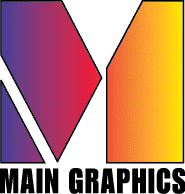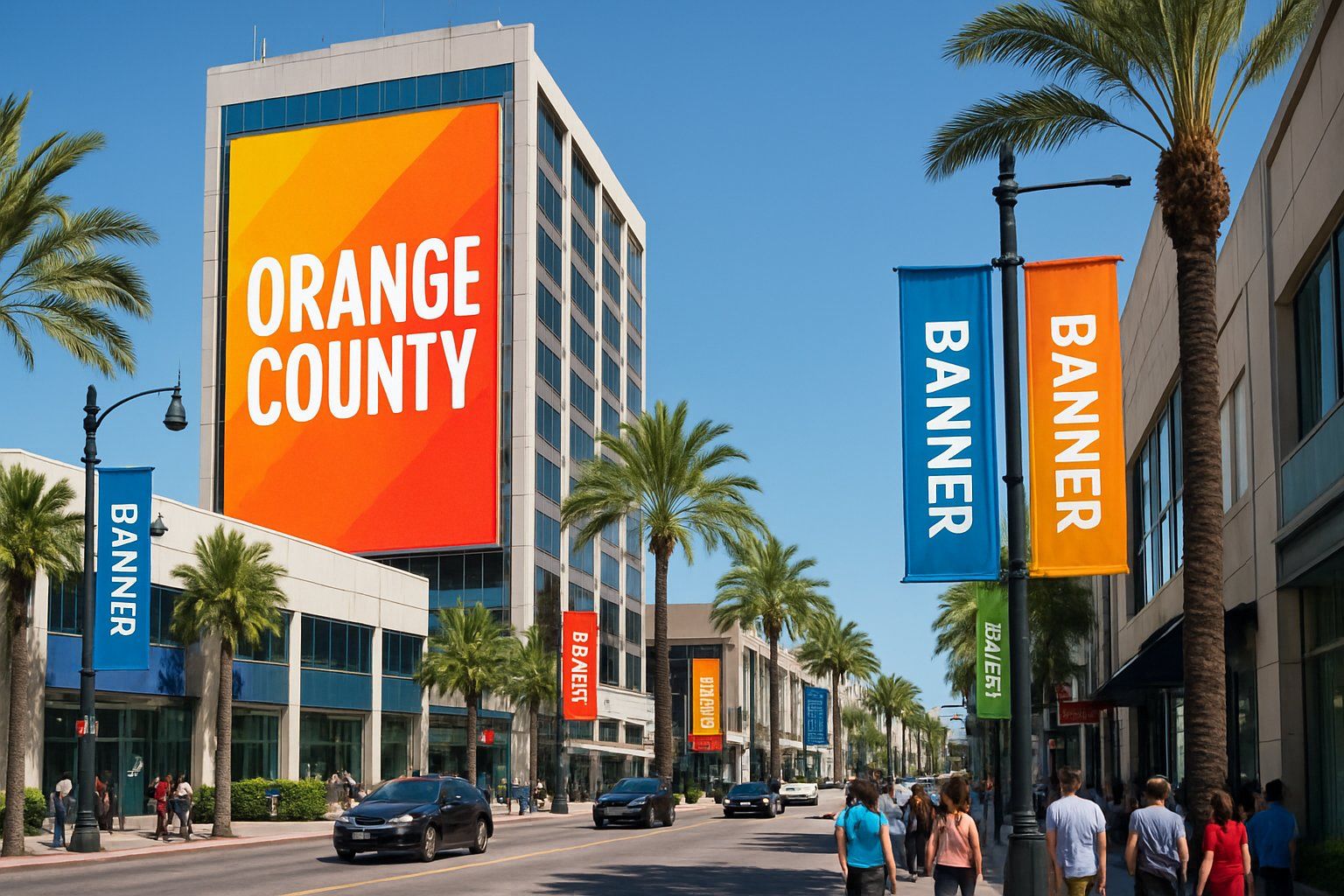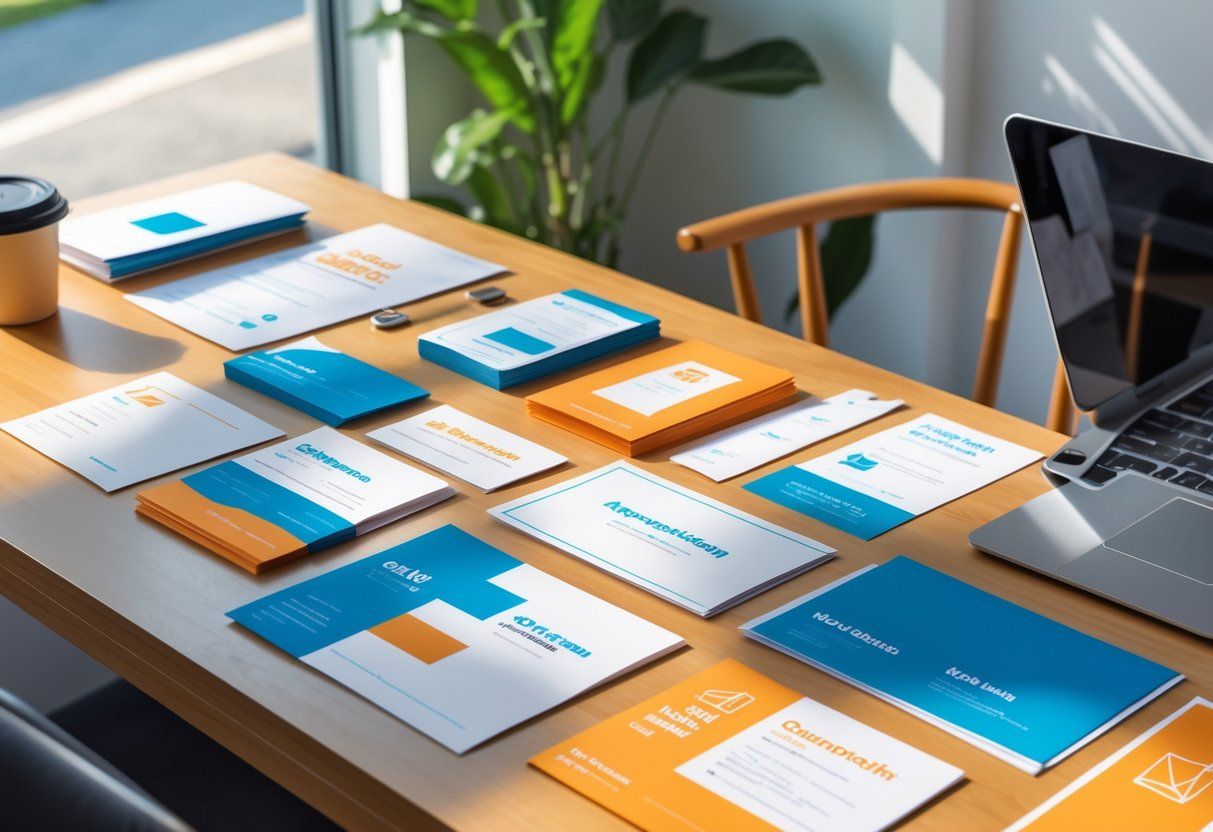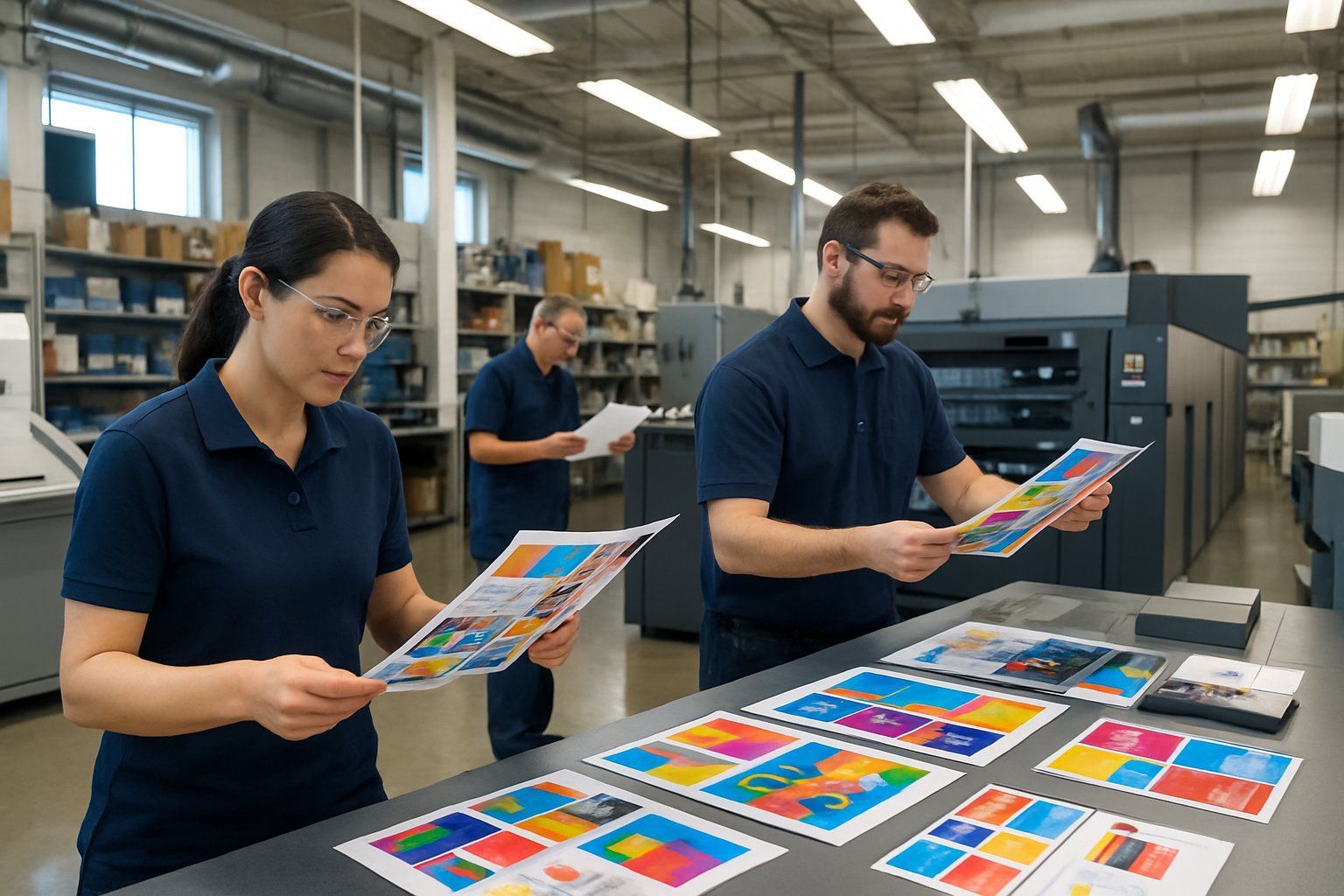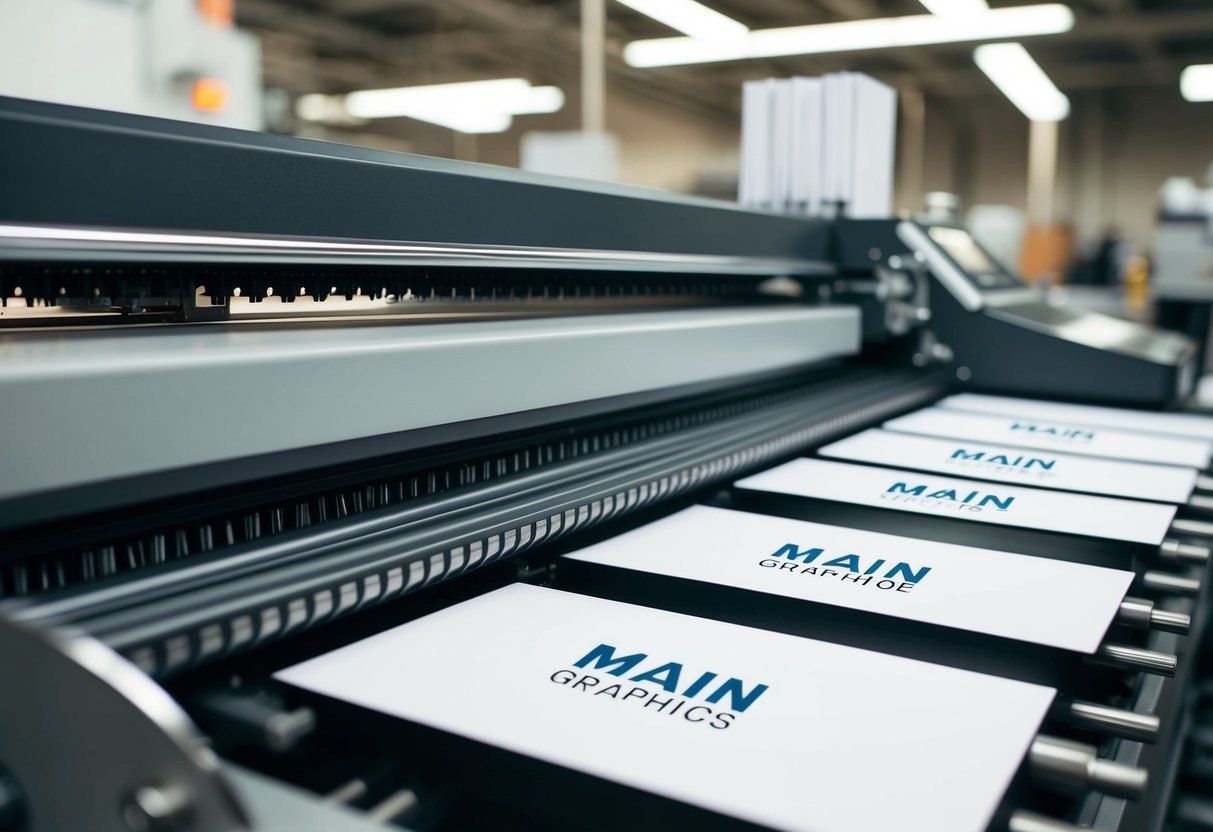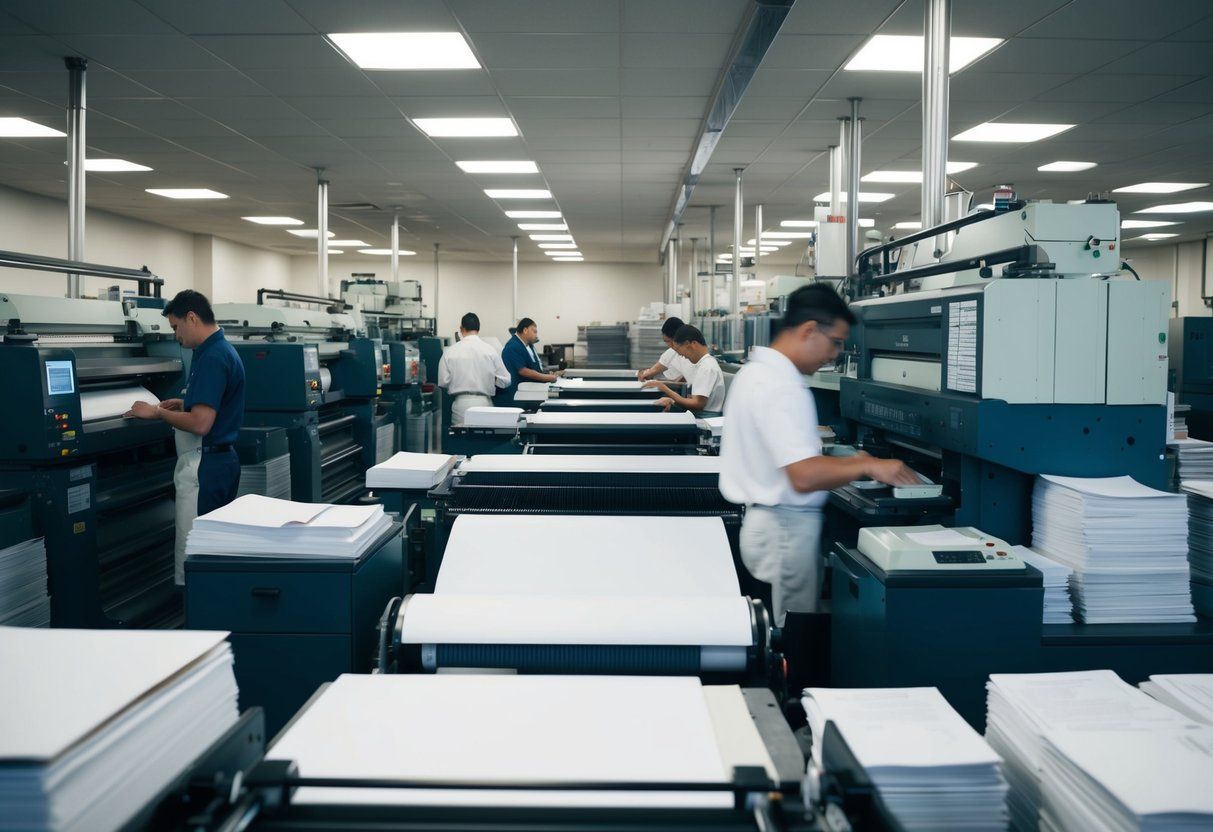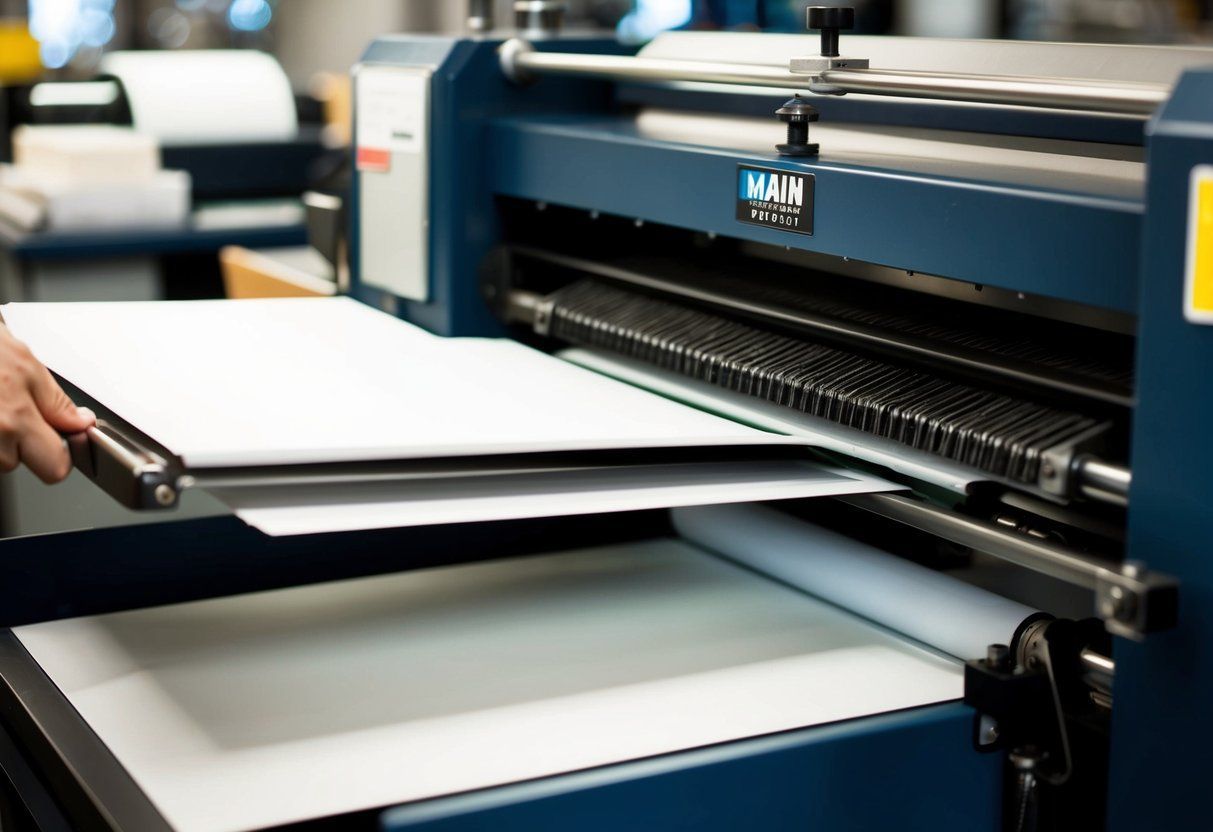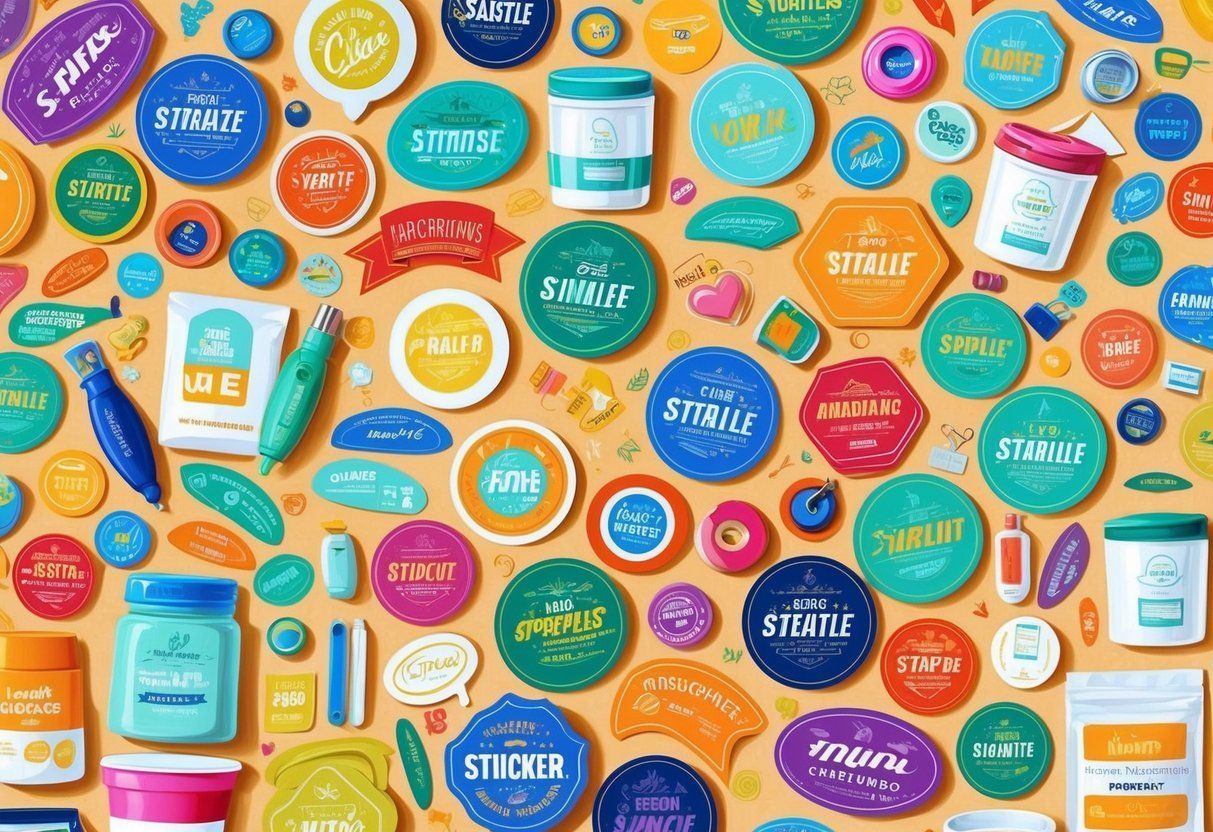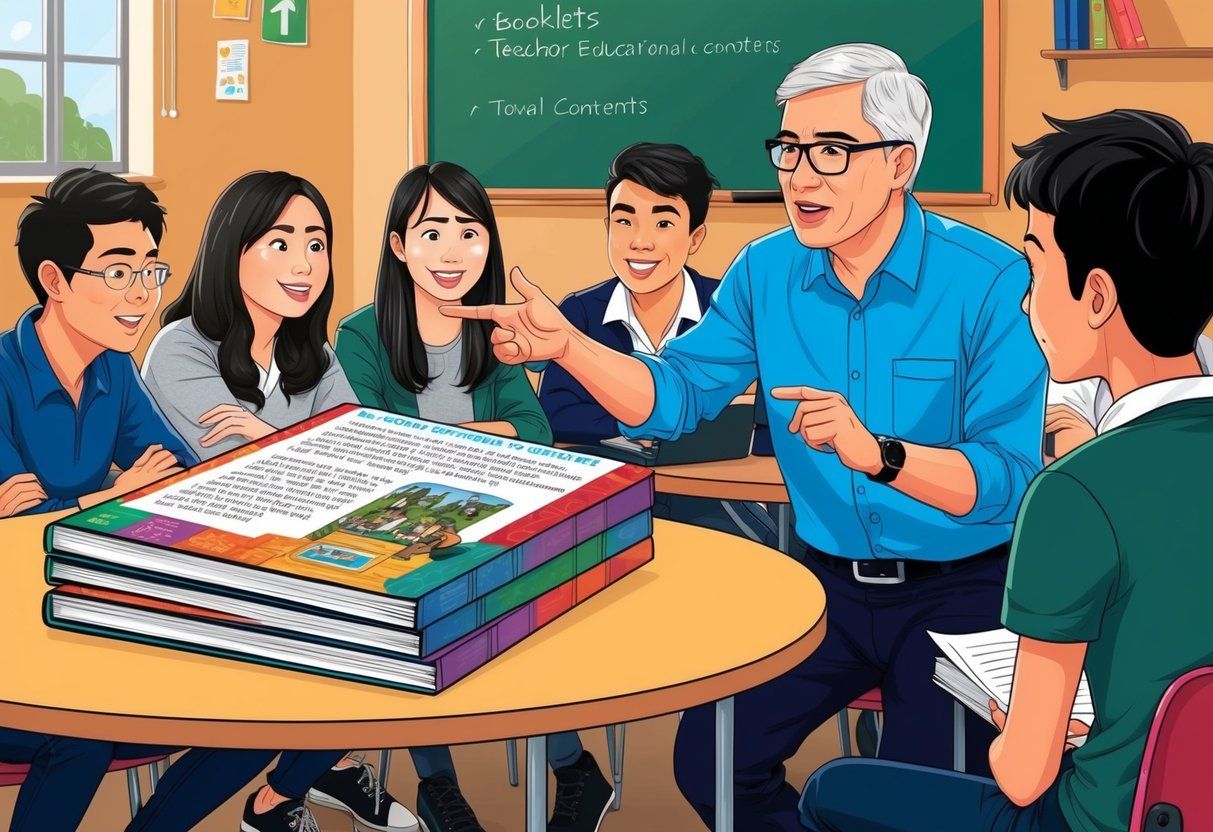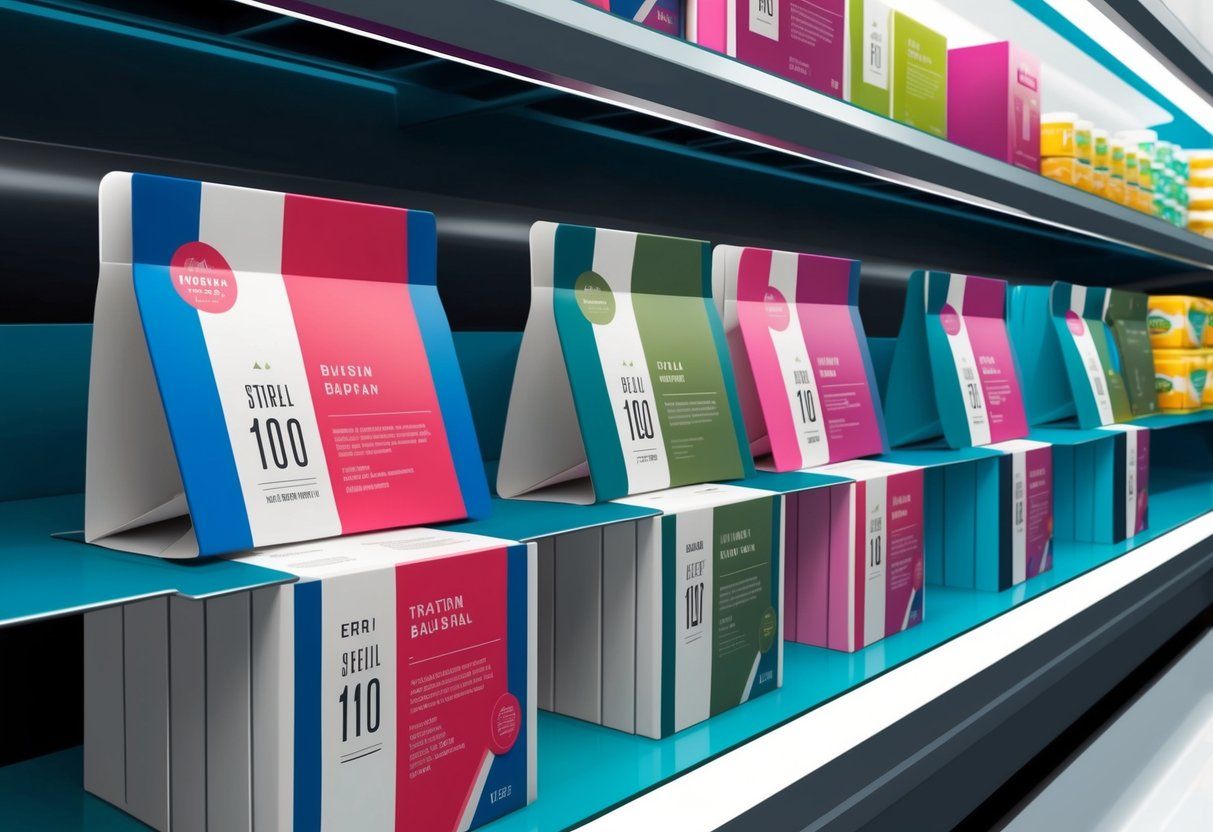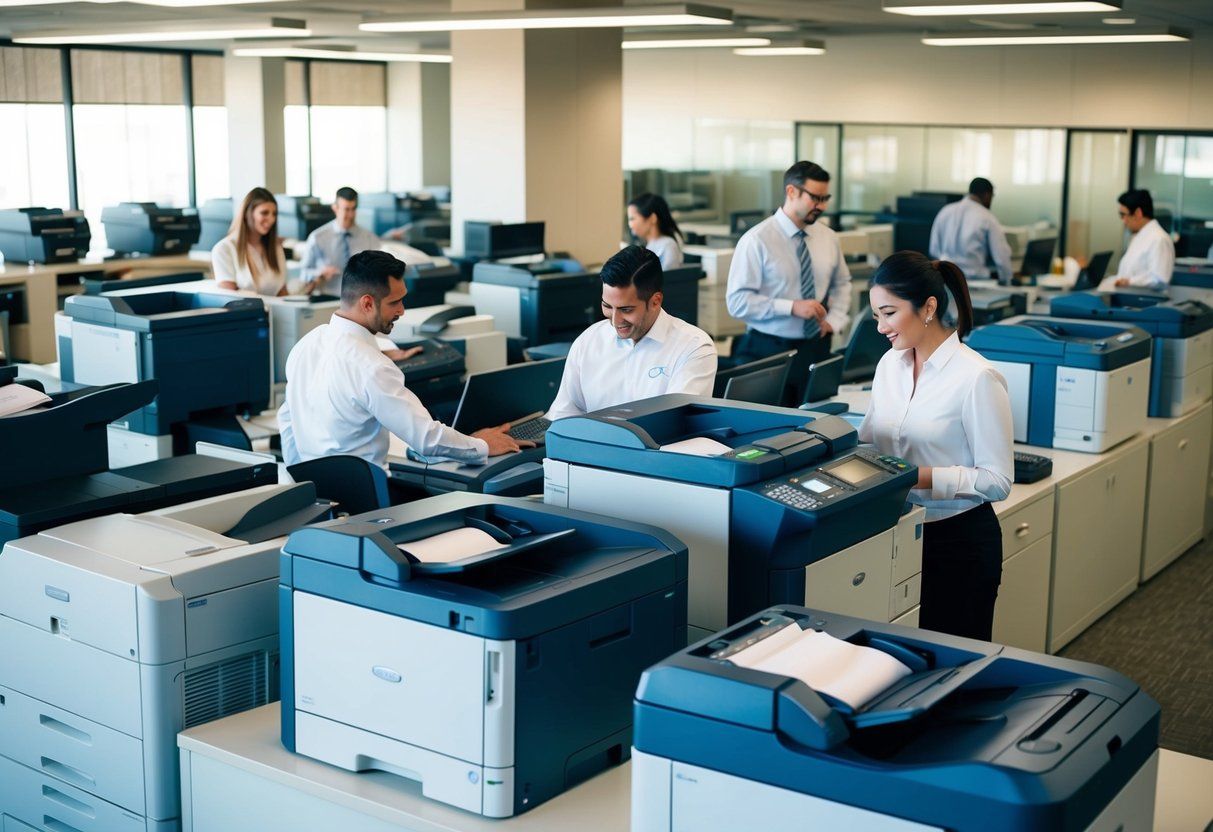Designing Impactful Brochures: A Step-by-Step Guide for Business Owners
Designing impactful brochures is an essential aspect of marketing for any business. Brochures are a cost-effective way to reach a large audience and provide them with information about your products or services. However, creating a brochure that stands out and effectively communicates your message can be a challenging task. That’s why this step-by-step guide for business owners will provide the necessary tools to design impactful brochures.
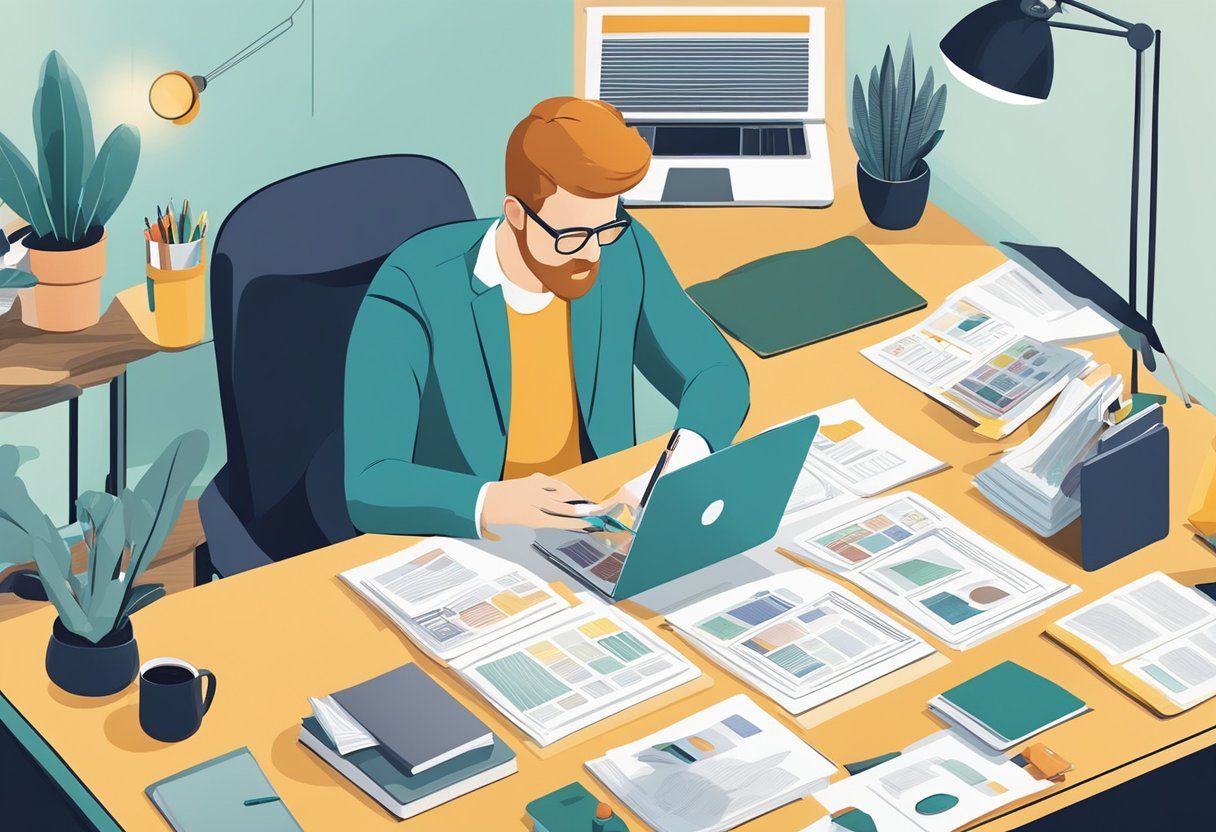
The first step in designing a brochure is to identify the purpose and target audience. The brochure’s purpose will determine the content, layout, and design elements required. For instance, a brochure aimed at promoting a new product will have a different design and content than one focused on providing information about a service. Identifying the target audience is crucial to ensure that the brochure’s design and content resonate with them.
Once the purpose and target audience are identified, the next step is to create a layout and design that reflects the brand’s image and message. The design elements should be consistent with the brand’s style and colors to create a cohesive look. The brochure’s layout should be easy to read and visually appealing, with a clear hierarchy of information. By following these steps, business owners can create impactful brochures that effectively communicate their message to their target audience.
Understanding Brochure Basics
Defining Your Objectives
Before designing a brochure, it is important to define your objectives. What do you want to achieve with your brochure? Do you want to generate leads, increase sales, or boost brand awareness? Defining your objectives will help you create a brochure that is tailored to your specific needs.
When defining your objectives, consider your target audience. What do they want to see in your brochure? What information is important to them? By understanding your audience, you can create a brochure that is relevant and engaging.
Identifying Your Target Audience
Identifying your target audience is essential when designing a brochure. Your brochure should be tailored to the needs and interests of your audience. To identify your target audience, consider factors such as age, gender, income, and education level.
Once you have identified your target audience, you can create a brochure that speaks directly to them. Use language that resonates with your audience and highlight the benefits of your product or service.
Overall, understanding brochure basics is essential when designing a brochure that is impactful. By defining your objectives and identifying your target audience, you can create a brochure that is relevant, engaging, and effective in achieving your marketing goals.
Design Elements and Aesthetics
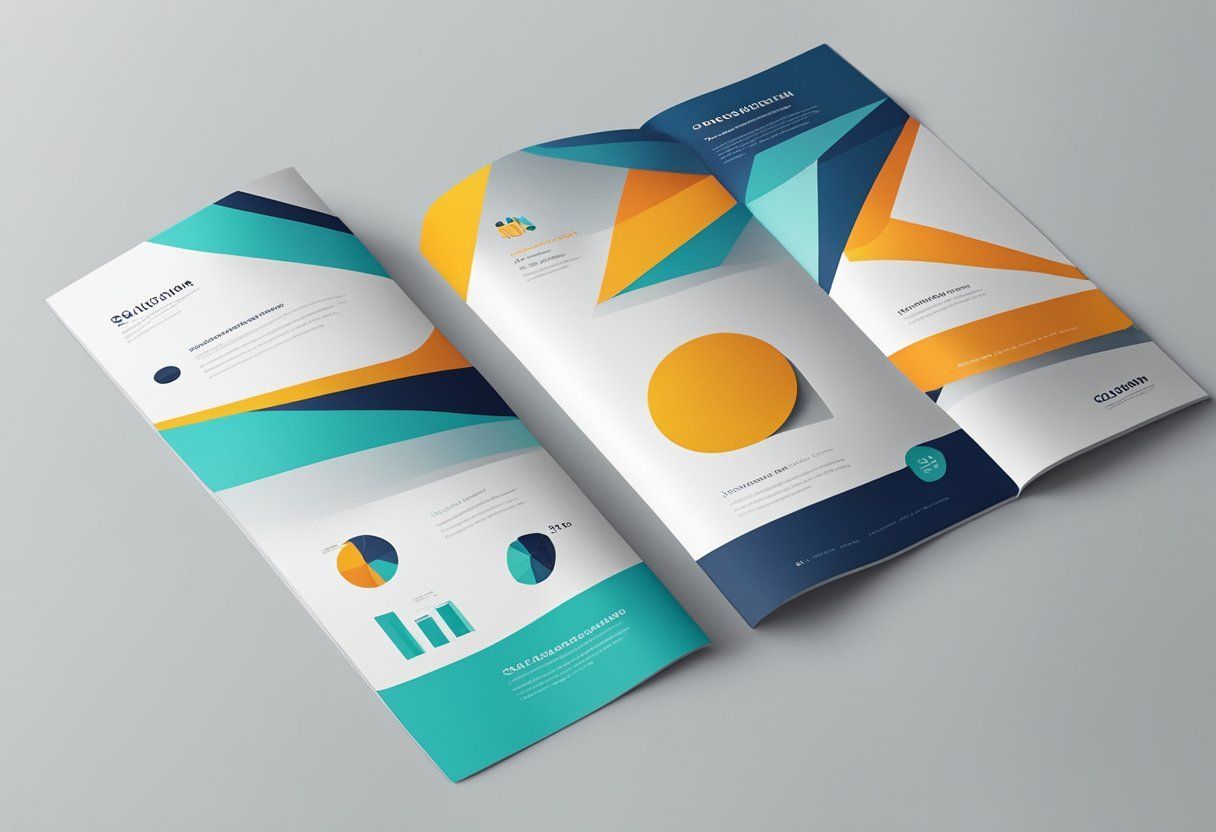
When it comes to designing impactful brochures, the visual appeal is crucial. The design elements and aesthetics of a brochure can make or break its effectiveness. Here are some key considerations to keep in mind:
Choosing the Right Template and Layout
Selecting the right template and layout for your brochure is critical. It sets the tone for the entire design and helps to ensure that your message is conveyed effectively. Consider the purpose of your brochure and the audience you are targeting. Do you want a classic, elegant look or something more modern and edgy? The layout should be easy to follow and guide the reader through the content.
Incorporating Brand Elements
Incorporating brand elements is essential to ensure consistency across all marketing materials. This includes using the same logos, color schemes, and fonts. By doing so, your brochure will be easily recognizable and help to reinforce your brand identity. Make sure to keep the brand elements in line with the overall design and purpose of the brochure.
Selecting Fonts and Colors
Fonts and colors play a significant role in the overall design of a brochure. It is essential to choose fonts that are easy to read and complement the overall design. Avoid using too many fonts and stick to a maximum of three. Colors should be used strategically to create a cohesive and visually appealing design. Consider using colors that are in line with your brand identity and evoke the desired emotions.
In conclusion, the design elements and aesthetics of a brochure are critical to its success. By choosing the right template and layout, incorporating brand elements, and selecting appropriate fonts and colors, you can create a visually appealing and impactful brochure.
Content Creation for Impact
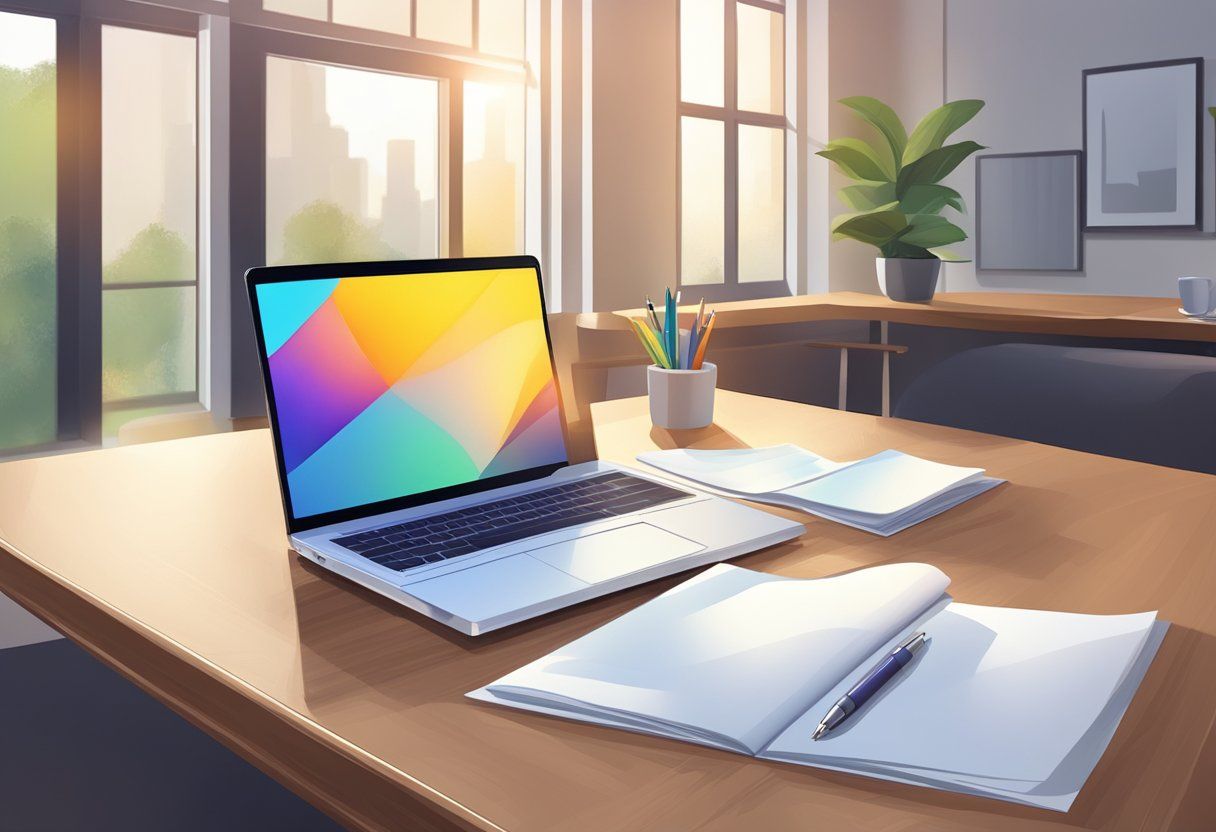
Creating impactful content is crucial to designing an effective brochure. The content must be engaging, informative, and persuasive to motivate the target audience to take action. Here are some tips for crafting compelling content for your brochure:
Crafting a Compelling Headline
The headline is the first thing that your audience will see, so it needs to be attention-grabbing and relevant. A good headline should convey the main benefit of your product or service and entice the reader to keep reading. Use bold and larger fonts to make your headline stand out, and consider adding a subheading to provide additional context.
Writing Engaging Copy
The copy of your brochure should be written in a clear and concise manner. Use short sentences and paragraphs to make it easy to read. Highlight the benefits of your product or service, and use persuasive language to convince your audience to take action. Use bullet points and numbered lists to break up the text and make it more readable.
Using Images and Visuals
Images and visuals can enhance the impact of your brochure and make it more memorable. Use high-quality images that are relevant to your product or service, and consider using infographics or charts to convey complex information. Use captions and labels to provide context and make the visuals more informative.
In conclusion, creating impactful content is essential to designing an effective brochure. Craft a compelling headline, write engaging copy , and use images and visuals to enhance the impact of your brochure. By following these tips, you can create a brochure that effectively communicates your message and motivates your target audience to take action.
Brochure Types and Folds
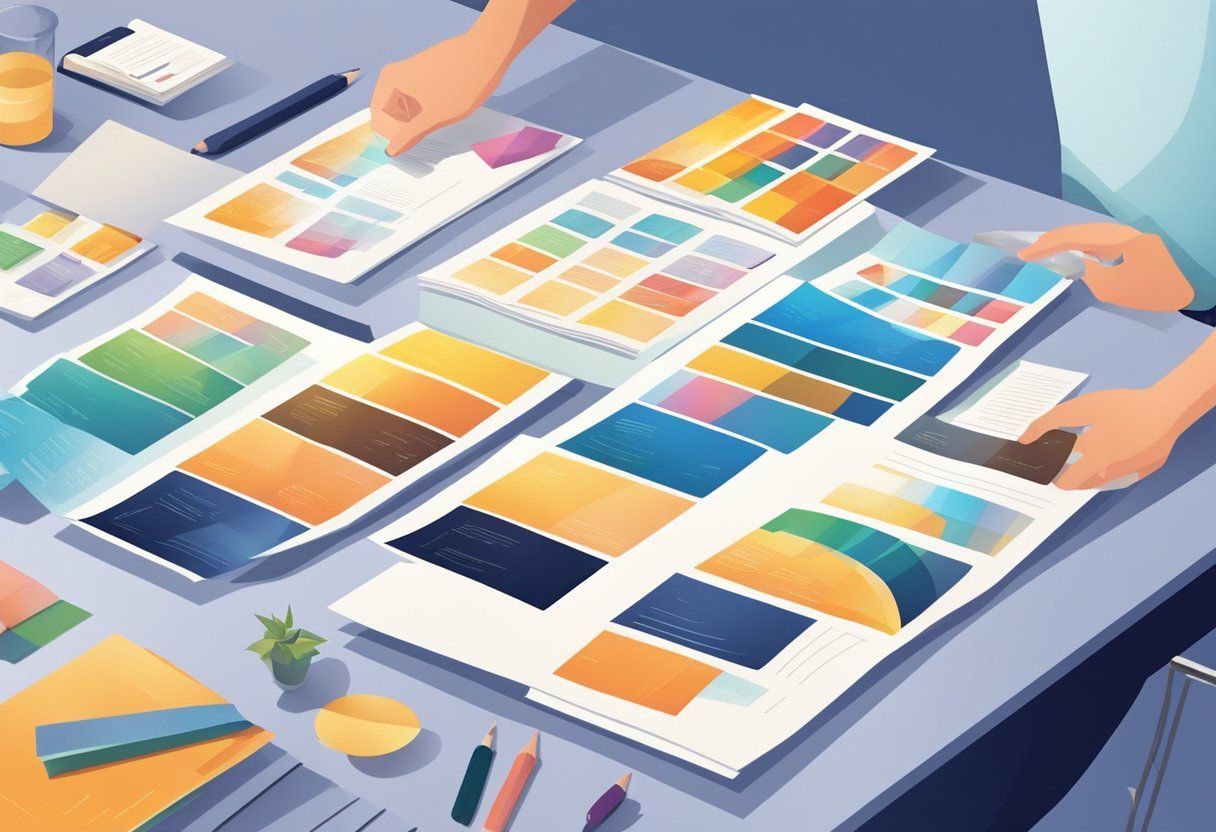
When it comes to designing a brochure, choosing the right type and fold is crucial. The type and fold of a brochure can affect how the information is presented and how it is received by the audience. In this section, we will explore the most common types and folds of brochures.
Exploring Tri-fold and Bi-fold Options
The most common types of brochures are tri-fold and bi-fold. Tri-fold brochures are folded into three equal sections, while bi-fold brochures are folded in half. Both types of brochures are popular because they are easy to design, print, and distribute.
Tri-fold brochures are ideal for presenting a lot of information in a compact format. They are commonly used for product catalogs, event programs, and menus. Bi-fold brochures are best for showcasing a few key products or services. They are often used for marketing materials such as flyers, newsletters, and brochures.
When designing a tri-fold or bi-fold brochure, it is important to consider the layout and organization of the content. The front cover should grab the reader’s attention and entice them to open the brochure. The inside panels should be organized in a logical manner, with the most important information presented first. The back cover should include a call to action, such as a phone number or website.
Innovative Folds: Gate-fold and Die-cut
For businesses looking to make a bold statement with their brochure, innovative folds such as gate-fold and die-cut can be used. Gate-fold brochures have two panels that fold inward to create a gate-like effect. This type of brochure is ideal for showcasing high-end products or services. Die-cut brochures are cut into unique shapes that stand out from traditional rectangular brochures. This type of brochure is ideal for businesses that want to make a lasting impression on their audience.
When designing a gate-fold or die-cut brochure, it is important to consider the design and layout of the brochure. The unique shape or fold should enhance the overall design of the brochure and not detract from the content. The use of high-quality images and graphics can also help to make the brochure stand out and grab the reader’s attention.
In conclusion, choosing the right type and fold of a brochure is crucial to its success. Tri-fold and bi-fold brochures are the most common types of brochures, while gate-fold and die-cut brochures are ideal for businesses looking to make a bold statement. When designing a brochure, it is important to consider the layout, organization, and overall design to ensure that it effectively communicates the intended message to the audience.
Finalizing and Distributing Your Brochure
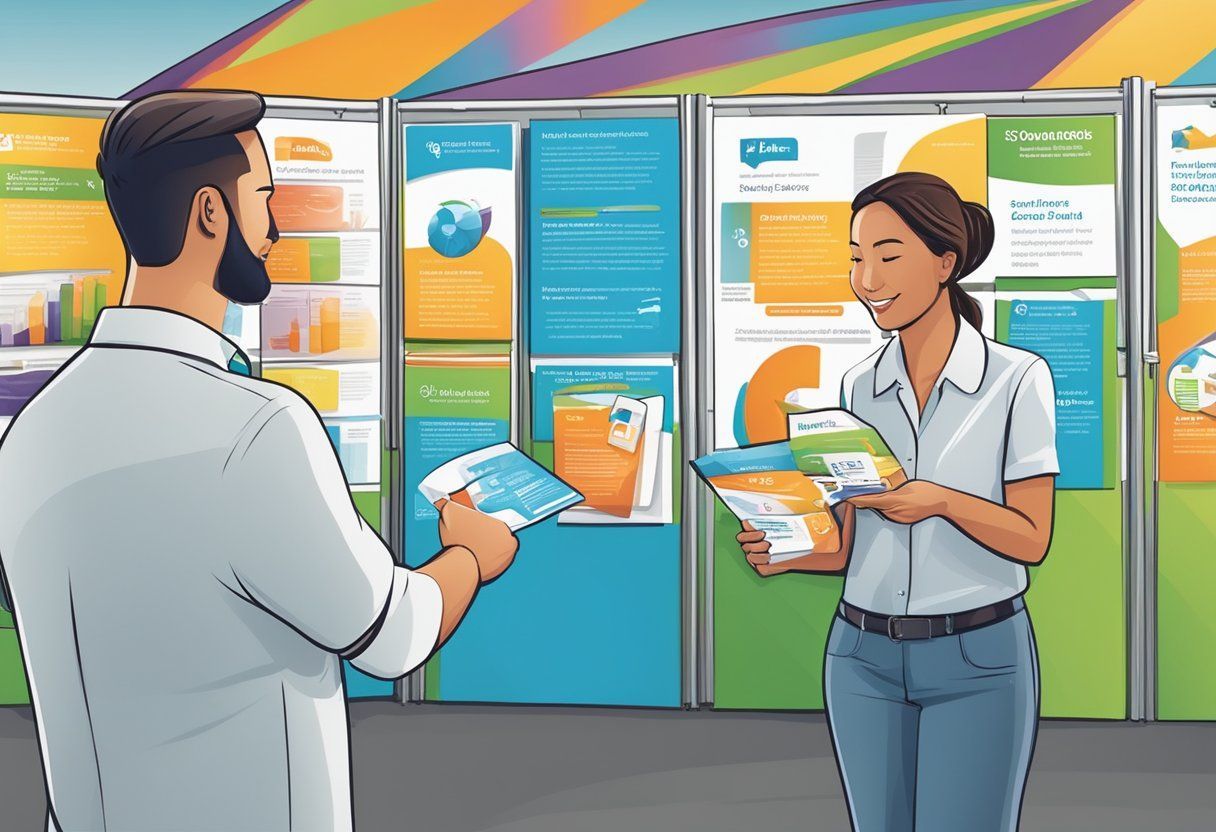
After designing a brochure that captures your brand’s essence and message, it’s time to finalize and distribute it. This section will cover the essential steps to ensure your brochure is ready for printing and effectively distributed to your target audience.
Proofreading and Final Edits
Before printing your brochure, it’s vital to proofread and make final edits to ensure it’s error-free and communicates your message effectively. Grammatical errors and typos can create a negative impression of your business, so take the time to review it thoroughly.
Consider asking a colleague or friend to review your brochure with fresh eyes and provide feedback. It’s also essential to ensure your contact information, social media handles, and QR codes are accurate and easy to find.
Printing and Distribution Strategies
When it comes to printing and distributing your brochure, there are several strategies to consider. First, determine your budget and the number of brochures you need. Printing in bulk can save you money, but it’s essential to ensure you have enough storage space.
Consider partnering with local businesses or organizations to distribute your brochure. You can also distribute your brochure at trade shows, conferences, and other events where your target audience is likely to be present.
Marketing and promotion are also crucial when it comes to distributing your brochure. Use social media and email marketing to promote your brochure and encourage people to share it with their network.
In conclusion, finalizing and distributing your brochure is a crucial step in your marketing strategy. By proofreading and making final edits, printing in bulk , and promoting your brochure effectively, you can ensure it reaches your target audience and communicates your brand’s message effectively.
Frequently Asked Questions
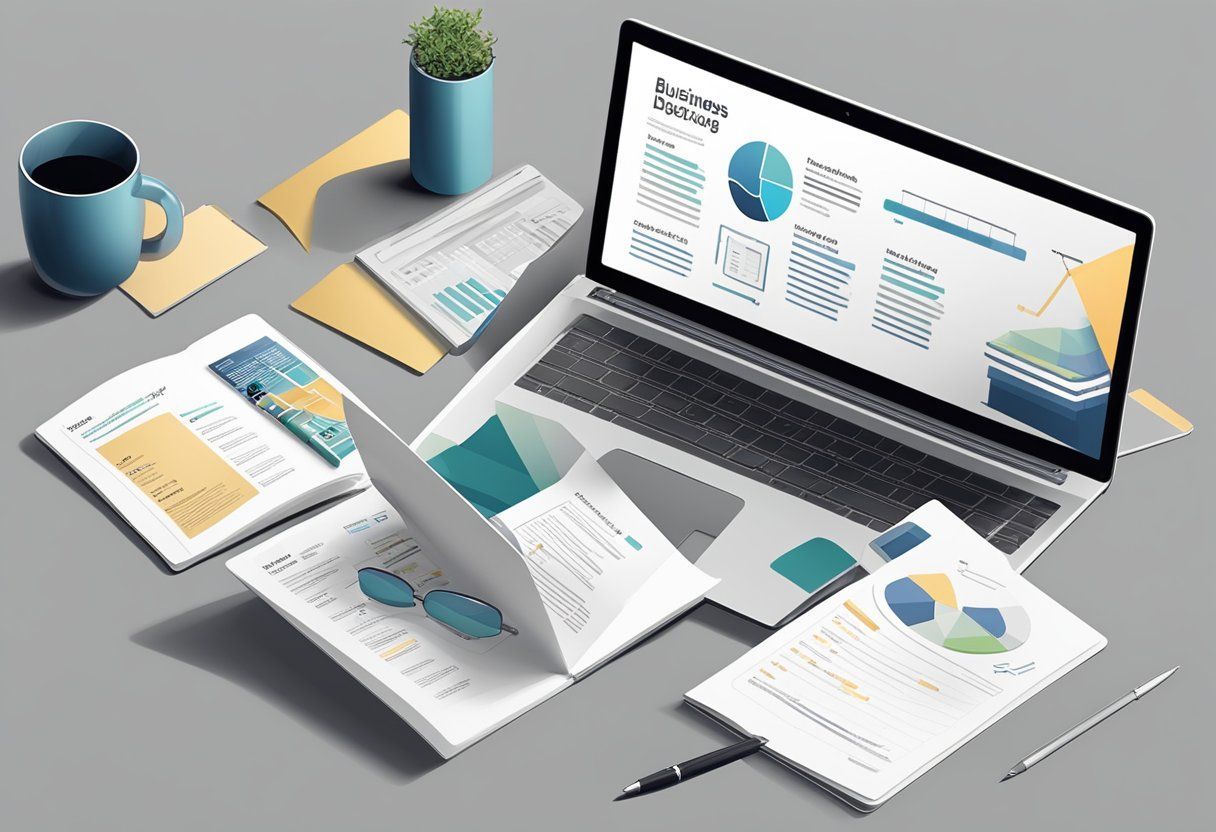
What are the essential elements to include in a professional business brochure?
A professional business brochure should include the company’s logo, a clear and concise message, product or service information, contact details, and high-quality images. It should also be well-organized and easy to read.
Can you outline the key steps in the brochure design process?
The key steps in the brochure design process include defining the purpose of the brochure, identifying the target audience, creating a rough layout, selecting appropriate images and fonts, and proofreading the final design.
How can you ensure a brochure design is impactful and engaging?
To ensure a brochure design is impactful and engaging, it should have a clear message, use high-quality images, be visually appealing, and have a well-organized layout. It should also be easy to read and use appropriate colors and fonts.
What are some effective design strategies for creating a tour brochure?
Effective design strategies for creating a tour brochure include using high-quality images, highlighting unique features of the tour, including a map or itinerary, and providing clear and concise information about the tour.
How can one utilize online tools like Canva to design a brochure?
To utilize online tools like Canva to design a brochure, one can select a brochure template, customize it with their own text and images, and download the final design. Canva also offers a range of design elements such as icons, shapes, and fonts to enhance the brochure’s visual appeal.
What are some creative brochure design ideas that can help a business stand out?
Creative brochure design ideas that can help a business stand out include using unique shapes or sizes, incorporating interactive elements such as QR codes or augmented reality, using bold colors and typography, and experimenting with different paper textures and finishes.…
